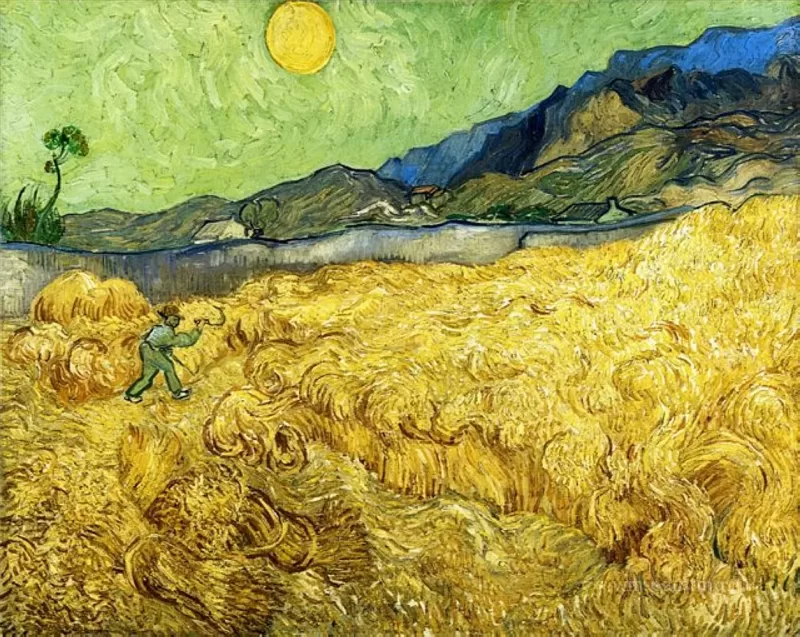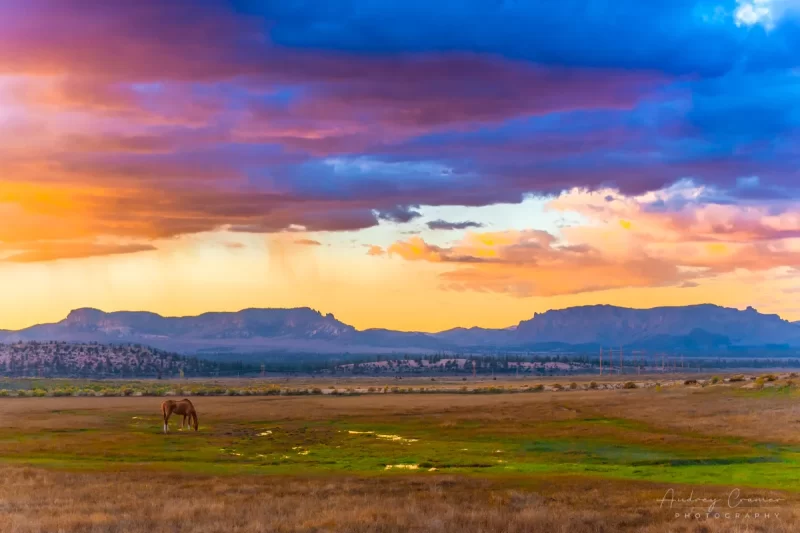So, you’re looking to make a fine art purchase for commercial use. Congratulations. Are you ready for what you will encounter in the commercial fine art market? Just in case you’re not, let’s discuss what you will find. So, now let’s talk about how to buy art for commercial use.
Most of the time, commercial use art is for advertising purposes. However, there are a couple other uses which you might want to buy art for. We’ll discuss those too.
Commercial Use for Marketing Purposes
If you are seeking fine art for marketing purposes, you have a few options at your fingertips. You can buy a commercial use license, buy copyright ownership, use a Creative Commons licensed image, or use a public domain image. I’ll break down how to acquire the necessary permissions to use each kind of art.
Commercial Use License
If you seek to use an image which another owns, your best bet is to buy a commercial use license. This will enable you to use the image in your marketing efforts free and clear of copyright infringement issues. After all, you’ve acquired the proper permissions with a commercial use license.
You and the copyright owner will negotiate the terms of the license. These terms may include unlimited terms or the copyright owner may choose to limit your use. Such limits may include a limited timetable, geographic area, print run, ability (or lack thereof) to alter or sub-license. There may be requirements for royalties. These are only some of the terms which you may discuss with the copyright owner. Make sure you properly research out what permissions you need and discuss those upfront. If you find you need more, you can always return to renegotiate for more permissions.
Buy Copyright Ownership
Depending upon the copyright owner’s preferences, you may offer to purchase full copyright ownership of the image(s) you need. The copyright owner has the option to sell or not to sell as he or she sees fit. If he or she chooses to sell you the copyright, then you may do as you like with the image(s) you bought. You may even use them for commercial purposes if you choose. After all, you now own the image(s). You can do as you see fit with them. If you want to learn more about the difference between copyright ownership and use licenses, then check out this article.
Public Domain
If you are lucky enough to discover a public domain image which will meet your needs, then count your lucky stars. You need not worry about copyright infringement issues. Anyone and everyone is allowed to use such an image without seeking out a license. Any and all copyright has dispelled. Once something enters public domain, it cannot return to private ownership with copyright. This is the point of public domain. It provides a well of creative materials which others may use at will.

So, you may use any public domain image you find worry-free. Just double check if you can to make sure that it is indeed in the public domain. Sometimes, people and companies will attempt to scam you by charging for public domain images. Also, someone might purchase a license and then re-upload the image to the internet claiming it is in public domain. Without double checking, you might suddenly find a DMCA take-down notice in the mail and a lawsuit for copyright infringement damages.
Creative Commons
“Creative Commons licenses give everyone from individual creators to large institutions a standardized way to grant the public permission to use their creative work under copyright law.” (source) However, this does not mean that you can do anything you want to with a Creative Commons image. You still must follow the rules of the license or you may still risk copyright infringement.

The link above will take you to the Creative Commons website where they break down exactly what each of the 6 licenses allow you to do. If the license does not allow for commercial use, then you may not use the licensed image for commercial use without contacting the copyright holder and arranging for a commercial use license independent of the Creative Commons license.
Buying Art for the Art’s Sake
The other option for commercial art a purpose other than marketing use. This includes uses like displaying it on the wall of the office or giving it out as a gift to a valued vendor or customer. You probably won’t need a digital version of the image(s) for purposes such as these. This means you can buy prints. So, when you buy a print (even if you will show it off in the office), all you need is the standard display license which automatically accompanies buying such a print.
Conclusion
So, there you have it. If you need to buy art for commercial use (often also called marketing purposes), you need to seek art which will come with the license you need. If you aren’t careful, you might run into a DMCA take-down notice. However, with careful selection and negotiation, you can acquire the permissions you need to market with. If you don’t want to advertise using the art, then things are much easier for you. Simply buy the art as you would if you wanted to own it privately.









Very good and useful article. Thanks for writing and sharing!
Glad you enjoy.